We’re all familiar with law enforcement’s obsession with acronyms, right? Well, RUVIS is one you may not have seen or heard of while watching your favorite cop show.
RUVIS (Reflective Ultraviolet Imaging System), a system of locating latent (invisible) fingerprints) without the use of powders, fumes, or chemicals, was developed by Sirchie Fingerprint Laboratories and the U.S. Army. The system focuses on one specific section of shortwave ultraviolet light, the germicidal spectrum of light, which cannot be seen by the naked eye.
A particularly unique feature of RUVIS technology is that it works in both total darkness and in bright sunshine, a must for use by police investigators.
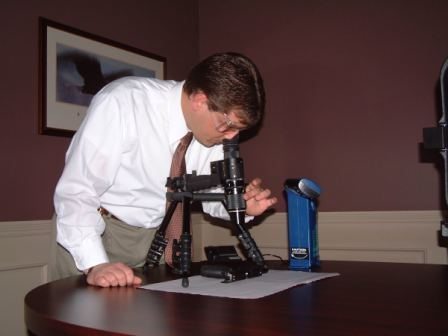
KrimeSite Imager in use by a police detective.
The Krimesite Imager, manufactured by Sirchie, uses RUVIS technology to detect invisible residues from fingerprints. Those residues reflect UV light projected from the device, which immediately captures the reflections with a 60mm UV lens. A built-in scanner then converts the images to visible light, allowing the investigator to see the fingerprint. All this is done instantly, in real time. And, the detective is able to see images from up to fifteen feet away.
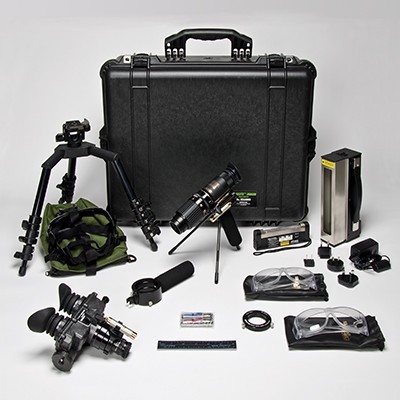
KRIMESITE IMAGER Master RUVIS Kit
The Krimesite Imager uses RUVIS technology to detect invisible residues from fingerprints. Those residues reflect UV light projected from the device, which immediately captures the reflections with a 60mm UV lens. A built-in scanner then converts the images to visible light, allowing the investigator to see the fingerprint. Again, this takes place in real time and the detective is able to see images from up to fifteen feet away!
Once the print is located the investigator uses the Imager to photograph it and, with the use of a micro-printer, print a copy of the desired evidence. All this without the messy powders that never seem to wash away. The KS Imager can also be used to greatly enhance prints developed using cyanoacrylate fuming (Super Glue).
Krimesite Imager
- Detects latent fingerprints without the use of powders or chemicals.
- Effective on smooth, non-porous surfaces (flooring, walls, countertops, tables) and on multi-colored surfaces like magazine covers.
- RUVIS uses shortwave UV light.
- Enhances the ability to see cyanoacrylate fumed prints without using dye- staining, lasers, or alternate light sources.
- Detects other “invisible” evidence you may not have otherwise seen.
To learn more about the Krimesite Imager, a device that’s an absolute must for the crime scene investigators in your stories, visit Sirchie’s guide to Ruvis and ALS (alternate light sources) Systems.

Those of you attending Writers’ Police Academy’s 2019 special event, MurderCon, will see the KrimeSite Imager at the very location where the devices are manufactured. Yes, during a tour of Sirchie’s absolutely amazing facility you will see this device and much, much more. I cannot stress enough how cool and rare this opportunity is for writers.
Sign up today to attend this rare opportunity for writers. Hurry while there’s still time!

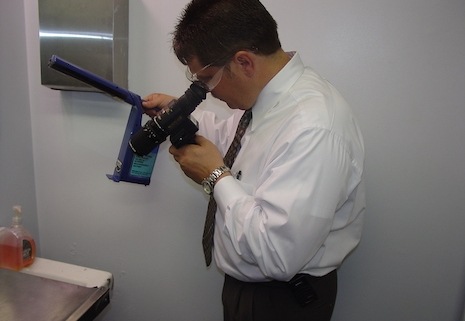
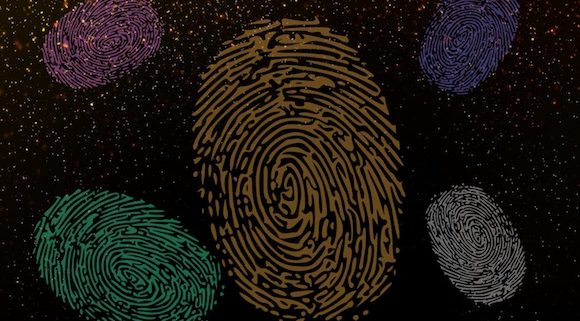
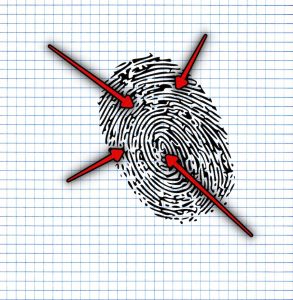
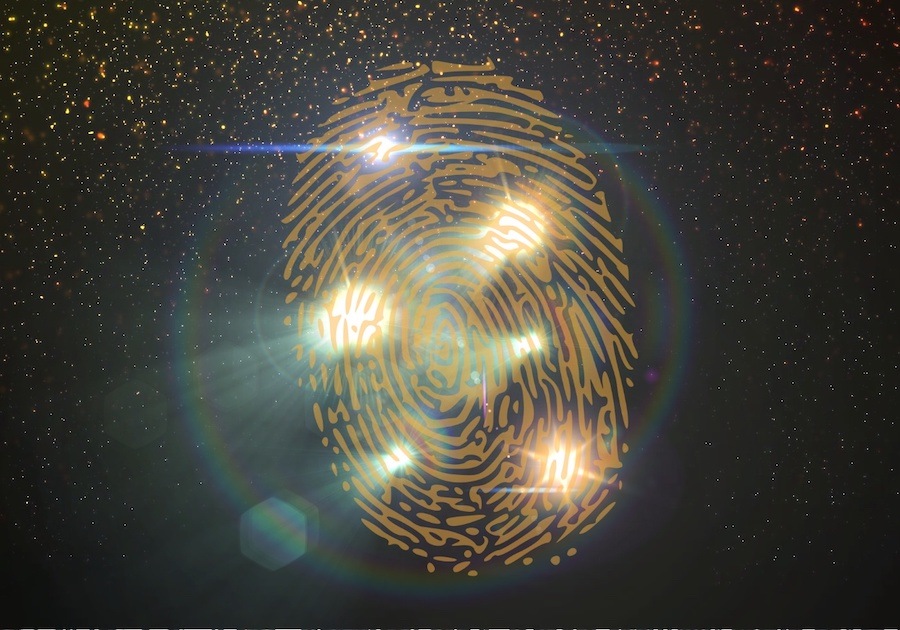
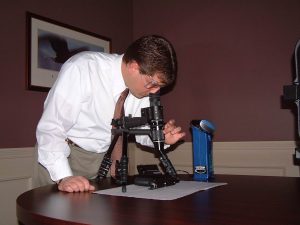
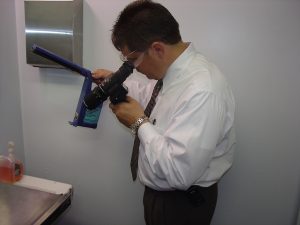 All this without the messy powders that never seem to wash away. The KS Imager can also be used to greatly enhance prints developed using cyanoacrylate fuming (Super Glue).
All this without the messy powders that never seem to wash away. The KS Imager can also be used to greatly enhance prints developed using cyanoacrylate fuming (Super Glue).